
by admin | Apr 3, 2022 | Blog
| Sodium Copper chlorophyllin | Gardenia green |
|
It
can be used in gummies or boiled sweets because it is water
soluble. |
Water
soluble, can be used in soft drink candies etc. |
|
Isn’t
it a fat-soluble substance |
non-polar
solvents such as benzene and gasoline insoluble |
|
Green
plants contain it in their chloroplasts. |
Gardenia
is a genus of flowering plants in the Rubiaceae family, which
includes coffee plants. |
|
This
is a chlorophyll-based compound. |
ODORLESS
|
|
Expensive |
Cheaper |
| |
Sodium copper chlorophyllin
What
basically sodium copper is it that it’s a mixture of water-soluble
chlorophyll derivatives, sodium copper chlorophyllin (SCC), is used
as a food colorant and a frequent dietary supplement. Although its
commercial preparation’s potential antimutagenic and antioxidant
capabilities have been proven.
SCC
(sodium copper chlorophyllin) is a bright green, water-soluble
combination produced from natural chlorophyll with antimutagenic and
antioxidant properties.
The
commercial-grade SCC is made by reacting a crude chlorophyll extract
with methanolic sodium hydroxide, then replacing the central
magnesium atom with a heavy metal.
Properties
So,
if we talk about the properties sodium copper is the
anti-inflammatory, deodorizing, erythropoietic, and antimutagenic
properties of sodium copper chlorophyllin (SCC) have been
discovered1. COVID-19 is being investigated at the moment.
Chemical
formula and E- number
If
we talk about its chemical formula so it is
C34H31CuN4Na3O6
Where
is CAS
number is 11006-34-1.
E
number: E141.
Cost
It’s expensive than gardenia green, gardenia green is way cheaper than this
Where it can be used its application?
It can be use in confectionery, desserts, beverages, dairy goods, ice cream, fruit preparation, bakery items, soups, sauces, snack food, seasonings, and convenience foods are all common applications. In the United States, sodium-copper chlorophyllin is an authorized food colorant that is exempt from certification. It can be used in dry mix, citrus-based beverages with a maximum ratio of 0.2 percent. Butter and other high-fat foods contain chlorophyllin as a colorant.
What about the exact health benefits of using sodium copper chlorophyllin?
- It is occasionally used as a medication. It is also used as a food coloring because of its green color.
- Chlorophyllin appears to have anti-inflammatory and antioxidant properties. It may also prevent the body from absorbing certain substances that raise a person’s cancer risk.
- Some people use chlorophyllin to treat body odor, urine odor, bowel movement odor, poor breath, cancer, acne, and sun-damaged skin wrinkles.
Dosage
Taking
by mouth
When
taken in larger amounts as medicine for up to three months,
chlorophyllin may be considered safe. It has the potential to make
your skin more sun-sensitive.
There
isn’t enough trustworthy data to say whether chlorophyllin is safe to
use for more than three months. Copper, which is found in
chlorophyllin, can have major side effects if taken in large levels
for a sustained length of time.
Applying
on skin
There is insufficient credible information to determine whether chlorophyllin is safe for skin as it has the potential to make your skin more sun-sensitive.
Its
combination of blue gardenia color with a yellow gardenia color. The
blue hue comes from gardenia fruits, while the yellow color comes
from an enzyme process. The colors are a mix of gardenia yellow and
gardenia blue and vary from green to dark green powder.
Gardenia fruit is a natural food colorant from the Rubiaceous plant family. Crocin and crocetin are two of its key components. Even after thirty minutes at a temperature of eighty degrees Celsius, the color tone stays unaltered. The colorant comes in a variety of shades ranging from light green to moss green.
Properties
- Gardenia green e12-e14
- odorless
- Water soluble
- Color is green to dark green powder
Benefits
- Food coloring properties that are exceptional.
- Between pH4.0 and 7.5, the clear green color tone remains constant.
- Superior heat resistance; the color tone of the food color remains unaltered after 30 minutes at 80°C.
- When compared to other food colors, light resistance is consistent.
- Metal ions do not change the color of gardenia green food, but Fe++ does (iron ion). In this instance, metal ion chelating agents such as polyphosphate salts are beneficial.
- A wide range of goods are offered, with colors ranging from light green to moss green.
What properties gardenia green do have?
The
colorant is heat resistant to a high degree.
The
substance is practically odorless and has a low hygroscopicity. The
stability and tone of the colorant are unaffected by PH variations in
a 1 percent aqueous solution of 4.5 +0.5. Calcium ion and aluminum
ion have no effect on the colorant, while tin ion and iron ion can
cause it to darken.
Where it can be used?
Gardenia green food colorant is mostly used in wine mixing, sweets, fruit juice drinks, soft drinks, cakes, puffed food, pastry, ice cream, jams, and candies as a complementing color.
Usage
details
For
instant rice and wheat products, the maximum consumption limit is
0.5g/kg.
0.3g/kg
for jam and confectionery
Other
products have a 0.2g/kg limit.

by admin | Apr 3, 2022 | Blog
Ice cream is a soft, creamy treat made from a mixture of milk, cream, sugar, and sometimes other ingredients that has been frozen using unique procedures. Ice cream has been a beloved dessert for hundreds of years. The rising popularity of ice cream has spawned a slew of new flavors, including frozen custard, frozen yoghurt, and even non-dairy alternatives made with coconut milk.
Steps
Steps to make ice cream with natural colors are very easy. Use of nature color not only makes ice cream look great & attractive but it also tastes great.
Here are few things you will be needing to make ice cream with natural color
Ingredient
- a third of a cup of white sugar
- 1 cup heavy cream (whipped)
- 2 1/4 cup milk
- Natural color any color you would like to have
Which color you can use in ice cream & desserts?
There are many natural colors that
you can actually use in ice cream for instance
- vegetable black carbon
- radish red
- black carrot color
- gardenia yellow
- Phycocyanin
How to make ice cream and put natural color in it?
- Firstly, what you will do is you will be needing a sauce pan. In a saucepan, combine the sugar, cream, and milk and cook over low heat until the sugar fully dissolved. Heat until the mixture is steaming hot and a little ring of foam forms around the edge.
- Fill a pourable container, such as a big measuring cup, with the cream mixture. Add the natural color which ever you would like to add (your choice) & vanilla extract (because we are making vanilla ice cream) and chill the mixture for at least 2 hours. (It’s better to leave it overnight.)
- Pour the chilled ice cream mix into an ice cream maker, set it on, and churn for 20 to 25 minutes, depending on the manufacturer’s instructions.
- Serve immediately when the ice cream is gently frozen, or wrap it in plastic wrap and set it in the freezer for 2 to 3 hours to ripen.
But What if you don’t have ice cream machine can you make ice cream at home?
Ofcourse!! You can make ice cream at home as well you will need to
follow these steps to make a delicious ice cream at home.
- First of
all, to begin, place the bowl and beaters in the freezer overnight.
You must chill the cream and condensed milk in the refrigerator
rather than the freezer.
- In a mixing
bowl, combine the condensed milk and vanilla essence & natural
color. Set this aside for now. Cool the bowl by pouring the chill
cream in it.
- Start
whipping with an electric mixer, a stand mixer, or a hand mixer.
Depending on your cream, whip until soft or firm peaks form.
- Add 1 to 2
scoops of this should be added to the condensed milk. You can also
mix condensed milk into whipped cream straight. However, we prefer
to do it this way as a precautionary measure to avoid deflating the
cream.
- Stir it
lightly to ensure uniform mixing.
- Pour it over
the whipped cream.
- Stir
carefully to ensure even mixing without deflating the whipped cream
too much.
- Place the
mixture in a freezer-safe container or box. Cover the mixture with
cling wrap or a food-safe plastic sheet. It must make contact with
the cream. This reduces the formation of ice crystals. Freeze for at
least 8 hours after covering the box.
- After 15
minutes of being out of the freezer at 30 degrees C, it will begin
to melt. If you’re serving it at a party, scoop the mixture into
ramekins and freeze it for up to an hour before serving.
Learn more about our products click here.

by admin | Mar 11, 2022 | Blog
A macaron, often called a French macaron, is a delicious meringue dessert made with egg white, icing sugar, granulated sugar, almond flour, and food colouring. The macaron is said to have been introduced to France by Queen Catherine de Medici’s Italian cook.
Is it possible to make macaron with natural colors?
Definitely it is possible you can use various natural color to make macarons. Ingredients like freeze dried fruit powder, turmeric, hibiscus powder, and beet root powder, gardenia blue, gardenia yellow, sodium copper, carmine cochineal, paprika red, vegetable carbon black could also be used as natural food colouring.
You can use any of the natural food color to make macarons but today we will be making macaron with beet root. If you would like to try another color you can also do that no worries.
Yes, its completely safe to use. Natural dyes have been used to colour food for ages.
Way to make macaron with natural color
You
will need few things to make macaron . You should have
- 3 beaten egg whites
- A quarter cup of white sugar 1 cup flour made from almonds
- 1 and a half cups powdered sugar
- Natural colors from ( Santacolor) (any color you desire)
- Baking mat for macarons made of silicone
Now you will need to follow these steps after
- On a cookie sheet, place a silicone macaron baking mat.
- In a mixing bowl, whip the egg whites using a stand mixer until they are frothy. Mix in the white sugar until the egg whites are glossy and frothy. The egg whites should have soft peaks.
- Add drops of beet root color until the desired shade is achieved.
- Whisk together the egg whites, powdered sugar, and almond flour in a large mixing bowl. With a large spoon or spatula, do this by hand. Approximately 30 strokes.
- Fill a piping bag halfway with the mixture. So that the disc space is cover, pipe the batter onto the silicone baking sheet.
- Allow piped cookies to stand at room temperature until they create a hard skin on top once the baking sheet is full (about 1 hour).
- Preheat the oven to 285 degrees Fahrenheit and bake cookies for 10 minutes. The cookies should be bake but not overbake. We recommend keeping a tight check on them because they can quickly burn.
- After the cookies have completely cooled, sandwich two cookies together with jelly or cream filling.
- Wow, people, with your incredible macaron-making abilities… or keep them all to yourself. Enjoy!
To give us inquiry regarding any food color click Here
Learn more about our products click Here

by admin | Mar 4, 2022 | Blog
A soft, semisolid food substance with a springy feel prepared by setting a liquid containing pectin or gelatin or by adding gelatin to a liquid, particularly one made of pectin-containing fruit juice cooked with sugar.
Making jelly with natural colors
We have seen many people that makes jelly at their home but with artificial food colors. Today we will be seeing that which natural food colors can be used to make jellies and also their tremendous health benefits.
Colors
There is various natural food colorants for giving the color to food but for making jellies you can use
-
Gardenia
yellow
-
Gardenia
blue
-
Beet
red
-
Annatto
color
But
the question is how to prepare jelly with these natural colors?
Here are the answers. There are few steps to follow in order to make jellies from the natural food colors.
Making jelly
Take a pan & fill two cups of water
Now
put 1 cup of sugar, After that stir it until the sugar dissolve
completely in that water.
Now you will be needing to add Agar Agar powder 1/tsp & again stir it until that powder dissolves completely
Boiling
Next step after putting all these substances is boiling that water on medium flame for 10 minutes
Now
it depends on you which color you want to use to make jelly as we
discuss earlier that we have 4 natural pigments that we are using to
make jelly so we will be making four different colors of jellies with
the same water but if you want to use 1 color it’s ok.
As we are making four different jellies, we will be dividing that mixture of water into four small bowls
Giving Colors
After dividing the water portion equally into every bowl, we will add gardenia yellow, gardenia blue, beet red & anatto color separately to each bowl so we can have four different colors & flavors as well
Amount of color that we will be adding is 0.5g per bowl
Freezing these jellies
Final step is to refrigerate these bowls for 15 minutes
Take
out these bowls from your refrigerator after 15 minutes.
Now
with the help of knife cut these jellies in the little form of cubes
or as you like or as you wants to have .
Your jellies with natural colors are ready enjoy!
But why we use Natural color in jelly?
s
we know artificial colors have bad side effects when use consistently
or using for long term but if we talk about the natural colorants
that comes from different plants & roots have no side effects as
artificial colors have infact natural colorants are capable enough
where they can not only boost immune system & health but also
gives the food such amazing colors that people get fascinated.
To
send us inquiry of any of these colors click the color below
To explore more natural colors that we are offering to our customers please click Here.

by admin | Mar 4, 2022 | Blog
Ice cream is a frozen dessert, which refers to a variety of frozen products such as sorbets, frozen yoghurts, non-dairy frozen desserts, and, of course, ice cream. We can consider two separate varieties of frozen desserts: ice cream and sorbets, to simplify its classification.
All products with a neutral pH and dairy components are considered ice cream. Sorbet, on the other hand, refers to items with an acidic pH that are created with water and other ingredients such as fruit but do not contain dairy.
Regulation (EC) No 1333/2008 governs the use of food colors in the European Union. Certain natural colors can be used without restriction in the production of ice cream, according to this legislation.
Yellow
Because
there are so many flavors associated with yellow, it is one of the
most popular colors among consumers (banana, vanilla, lemon, etc.).
Beta carotenes are one of the most prevalent solutions for tinting
ice cream yellow.
Beta-carotenes
come in a variety of colors, ranging from pale yellow to practically
orange. The tone of beta-carotene will ultimately be determined by
the type of beta-carotene, its formulation, particle size in
dispersions, and dose.
Beta-carotenes, on the other hand, unlike anthocyanins, are soluble in oil but not in water. Beta-carotenes have the benefit of being relatively heat stable, however they do require some oxidation protection.
Green
The most common natural source for ice creams with green tones is chlorophyll and its derivatives. Chlorophyll has a greenish-yellowish color that is similar of pistachio ice cream, however it is light unstable.
Because the binding of copper to the chromophore increases its stability to heat and light, this instability of chlorophylls has been largely addressed in the case of cupric chlorophyllin’s. Copper chlorophyllin produces highly appealing vivid and intense green tones, but it should be noted that the FDA does not allow it to be used in the production of ice cream in products destined for the North American market.
Orange
Carotenoids are the most suitable natural dyes to produce orange tones. The most prevalent pigments in the carotenoid family, beta-carotenes, are widely employed in a variety of food products, including dairy, ice cream, prepared dishes, and beverages. It comes in a variety of colors ranging from yellow to red to orange, is fat soluble, and may be found in a variety of cereals, vegetables, fruits, and other plants.
Brown
The most extensively used natural brown color is caramel. It has a stronger coloring capacity than other natural brown dyes, hence it outperforms other products used in lesser amounts.It has excellent light and heat resistance. Caramel is most commonly use to color warm flavors like coffee, toffee, and caramel. Caramel is often use to tint vanilla ice cream in little amounts.
They can be blend with red pigments to create very dark brown tones. Caramel hues, as well as burnt sugars and aromatic caramels, are use in a variety of ice cream recipes for various objectives.
It is a charred vegetable matter-base natural food color. It has great heat and light stability and works well with other natural food colors for unique blends or to change color tone.
It’s ideal for use in confectionery, pastry, and ice cream. It also gives the intense black color to the ice cream which fascinates the consumers.
Beet red
Because of beetroot’s sweetness, it’s no wonder that it’s use in puddings and desserts. It not only gives this ice cream a stunning purple color, but it also gives it a deep, good flavour that pairs well with chocolate. A flake and a cone, a grating of dark chocolate over a sundae, or warm dark chocolate sauce pools are all good options.
Natural color matching
By choosing heat-resistant natural hues, we seem to have been able to get a very similar color match. Carmine is use for the pink, and turmeric is use for the yellow. Turmeric and gardenia blue are use to make the green.
In Asia, gardenia is a popular color. In Europe and Latin America, a green leaf plant (cu-chlorophyllin) would most likely be combined with turmeric. Spirulina and turmeric are still the greatest ways to make green in the United States.
Click to check the natural color we have
Learn more about natural color click Here.
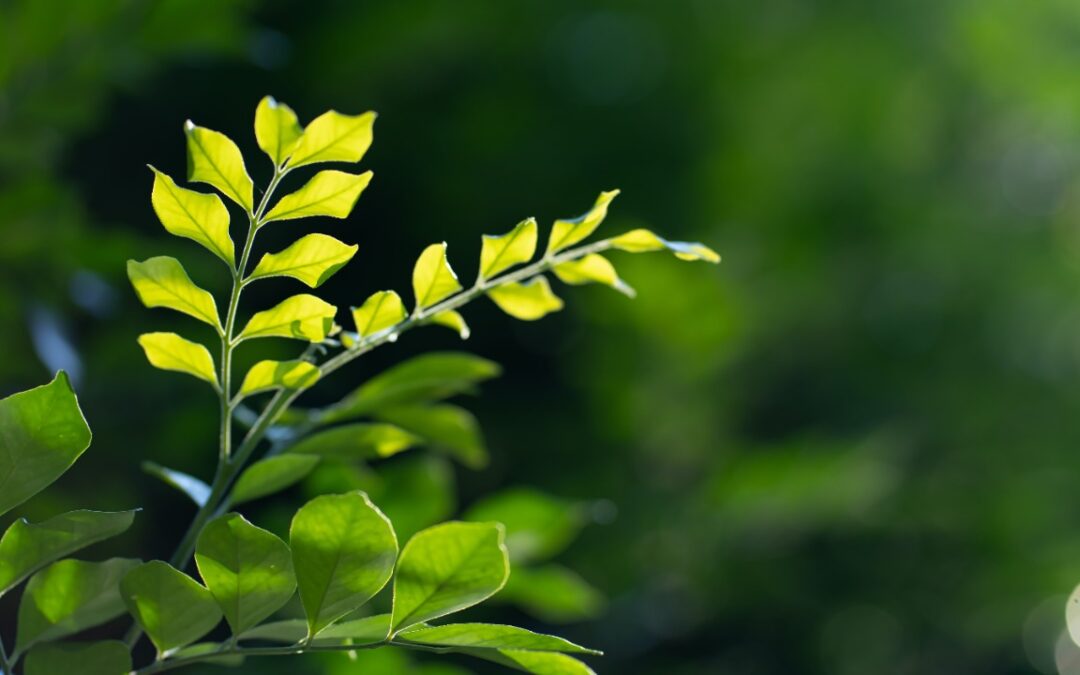

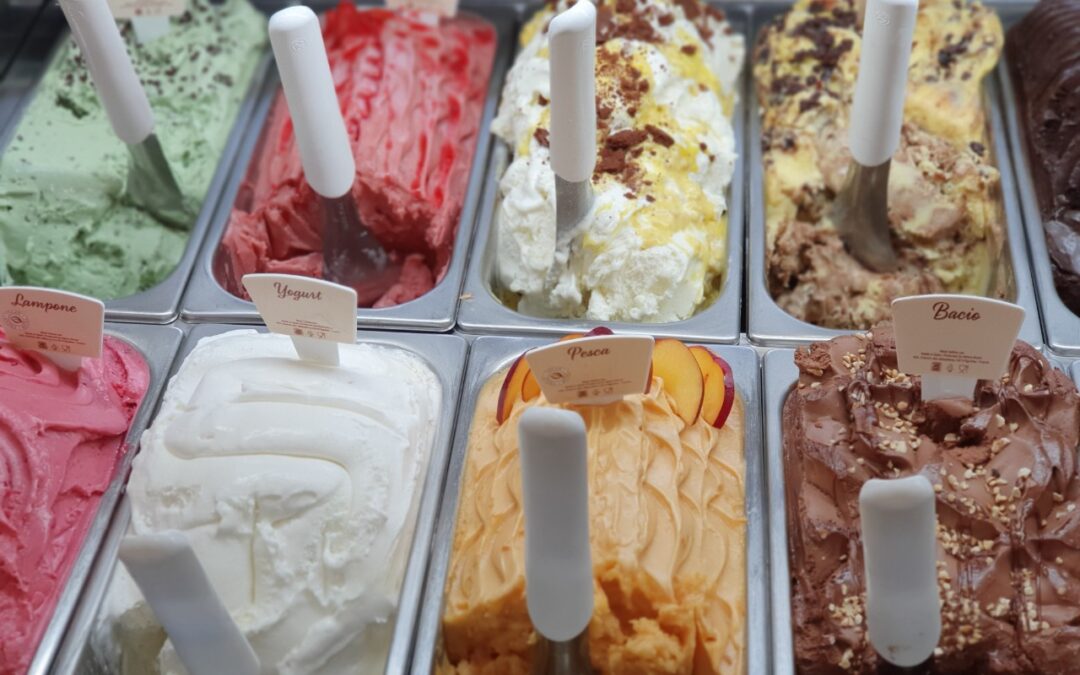
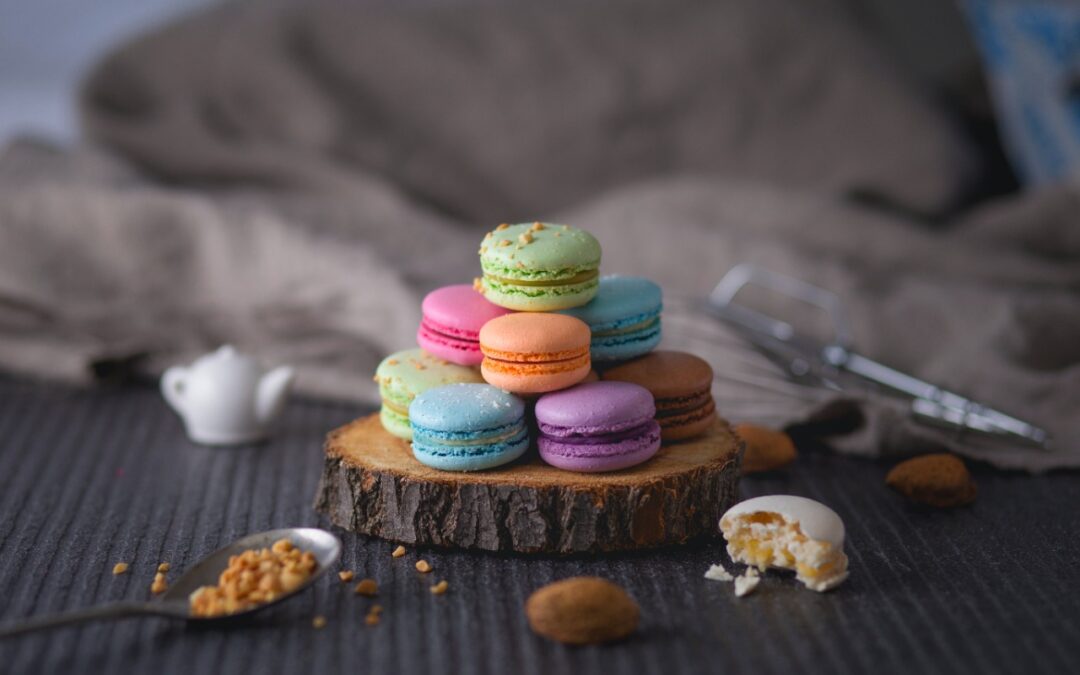
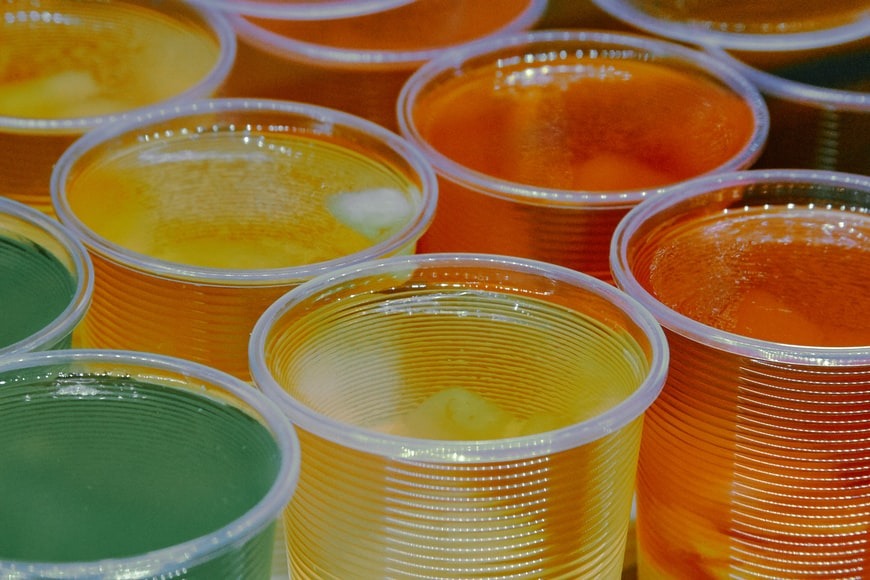

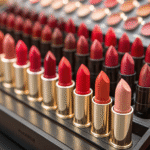
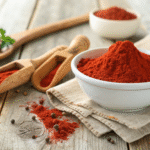
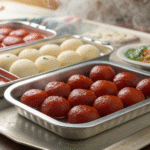
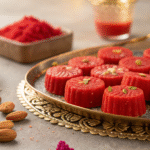
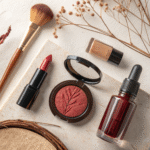
Recent Comments